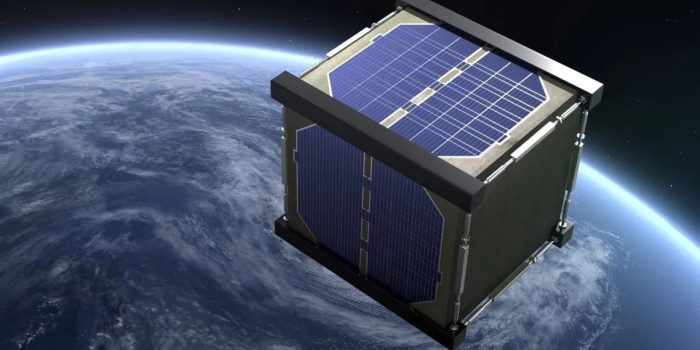In a groundbreaking endeavor set to revolutionize space exploration, scientists are on the verge of launching the world’s first wooden satellite, LignoSat2, anticipated to take flight later this summer in collaboration with NASA and Japan’s space agency, JAXA. This pioneering concept has emerged from extensive research conducted by Kyoto University, which culminated in successful tests of wood samples aboard the International Space Station (ISS).
The journey toward creating LignoSat2 commenced with the LignoStella Space Wood Project’s launch in April 2020, aiming to assess the endurance of various wood types—Erman’s birch, Japanese cherry, and magnolia bovate—in the space environment.
After enduring over 290 days onboard the ISS, the wood samples were returned to Earth for analysis, where magnolia wood, also known as Hoonoki, emerged as the optimal choice due to its exceptional durability and strength.

The tests confirmed the high durability of space wood, with minimal deterioration observed even after ten months of exposure to harsh space conditions, including temperature fluctuations, cosmic rays, and energetic solar particles. This resilience positions magnolia wood as a prime candidate for the development of LignoSat2, attributed to its workability, dimensional stability, and overall strength.
The initiative to construct a wooden satellite stems from the pressing need to address space pollution, particularly the proliferation of minuscule aluminum particles released by traditional metal-based satellites upon re-entry into Earth’s atmosphere. The projected increase in annual satellite launches, exceeding 2,000, exacerbates concerns regarding the long-term ecological impact of metal fragments accumulating in space.
Kyoto University researchers sought eco-friendly alternatives to mitigate this issue, embarking on a project to evaluate wood’s suitability for space applications. Laboratory tests simulating space conditions revealed promising results, with no discernible changes in mass or signs of decomposition observed in the wood samples.

The collaboration with Sumitomo Forestry, a leading logging company, underscores the interdisciplinary approach driving the development of LignoSat2. This partnership emphasizes the fusion of scientific innovation with industrial expertise to realize the ambitious goal of constructing a wooden satellite capable of enduring the rigors of space exploration.
As preparations for the launch of LignoSat2 progress, the research group continues to investigate the fundamental mechanisms of material degradation at the nano-level, seeking to enhance the performance and durability of wood-based materials for future applications.
While specific details regarding the satellite’s mission objectives and instrumentation remain undisclosed, the forthcoming launch heralds a new era in space exploration marked by sustainability and innovation.
In summary, the impending launch of LignoSat2 symbolizes a paradigm shift in space technology, showcasing the potential of eco-friendly materials to mitigate the environmental impact of satellite deployment while advancing scientific understanding of material resilience in space.


